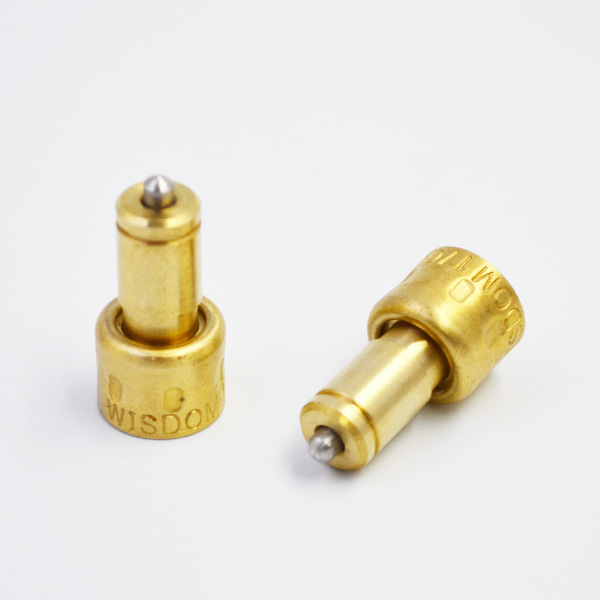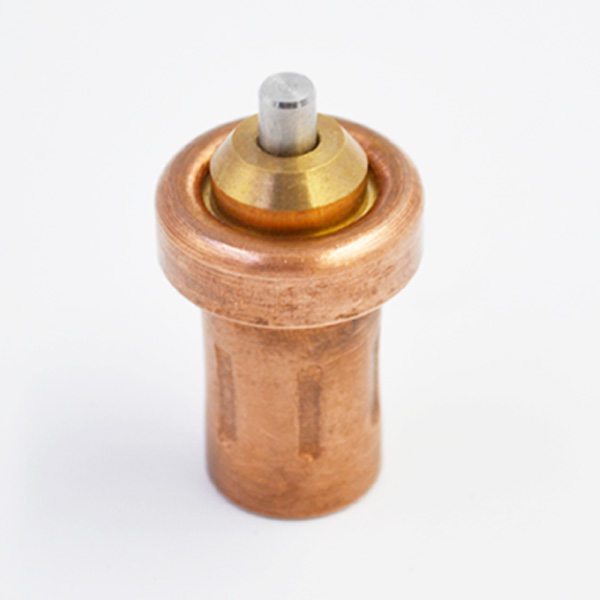This paper combines adaptive backstepping method with L2 gain interference suppression and Terminal sliding mode control.
Firstly, the whole process of reasoning and design of the controller is given. Secondly, the four-machine system in two regions is simulated and its simulation results are analyzed. The results show that the Terminal sliding mode excitation controller has better performance. It not only enables power oscillation to be suppressed quickly, but also enables power oscillation to be suppressed quickly.

The transient stability of the force system is improved and the terminal voltage is constant.
This paper combines the adaptive backstepping method with L2 gain interference suppression and Terminal sliding mode control to get the best control effect. The new control method can stabilize the non-linear system, although the non-linear system contains uncertain parameters and is affected by external disturbances. This control method is applied in generator excitation controller and COI signal tracking is realized. Among them are uncertainties, including inaccurate modeling and external disturbance; damping coefficient and uncertain parameters; power angle of generator; angular speed of generator rotor; rated angular speed; inertial time constant; mechanical power, assumed unchanged; excitation voltage, that is, the designed control quantity.

Among them, sum is the control quantity of input and output, a bounded uncertain disturbance, an uncertain parameter, corresponding to a known function. In this paper, we mainly use two-area four-machine system, as shown in Figure 1. The generator is modeled as a six-order model and the load is modeled as a constant power model. Because the simulation is also affected by the limitation of the controller itself, this factor is also considered. When the test time is t=0.1s, three-phase grounding short circuit occurs between the 7th node and the 8th node and the proximal side of the 7th node. When the time is t=0.2s, the simulation is carried out after the line fault is eliminated.

The results are shown in Fig.
2. Through the analysis of generator power angle waveform in Figure 1, it can be concluded that the above control strategy can make the power angle more stable and the overshoot smaller. In voltage control, the terminal voltage under the control of backward excitation will be lower than the rated value most of the time, but the above controller can quickly restore the terminal voltage to the rated value. COI signal is obtained by wide area measurement system. Generally speaking, the signal delay is several hundred milliseconds. Figure 3 shows that the power angle difference of G1 and G4 is affected by the time delay of COI signal (the corresponding time delays of curves 1, 2 and 3 are 200 ms, 300 ms and 500 ms, respectively).
From Figure 3, it can be seen that when the signal delay is not more than 300 ms, the system stability control will not be affected by the delay too much, and the control method in this paper still has some advantages. When the delay of the signal is more than 500 ms, the power angle will tend to oscillate or diverge.

Therefore, thermostatic element the acceptable range of time delay is about 300-500 Ms. This paper combines L2 gain interference suppression, adaptive backstepping method and Terminal sliding mode control, and proposes a Terminal sliding mode control method based on adaptive robustness, which is successfully applied to the research and development of excitation controller for generators.
